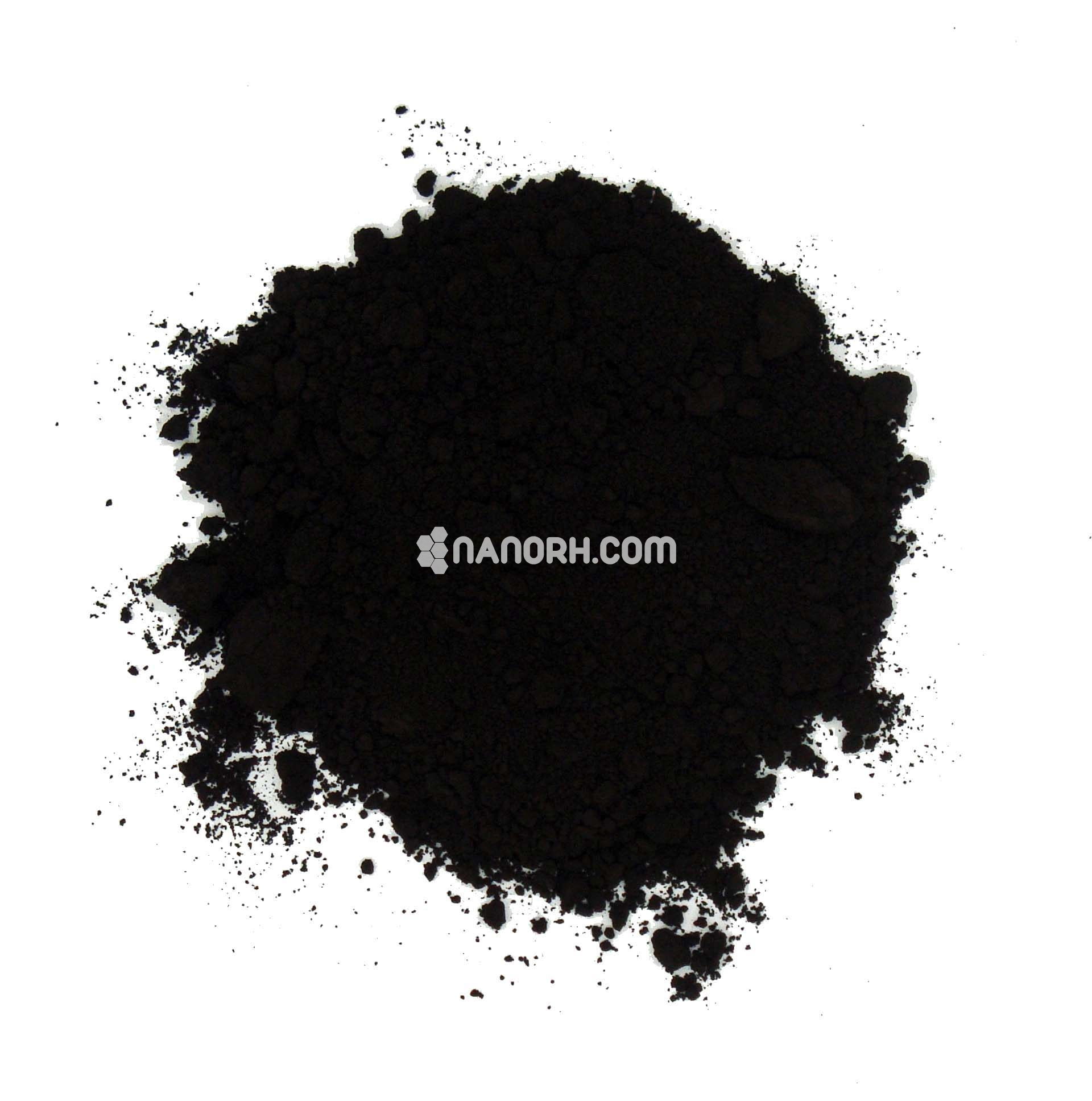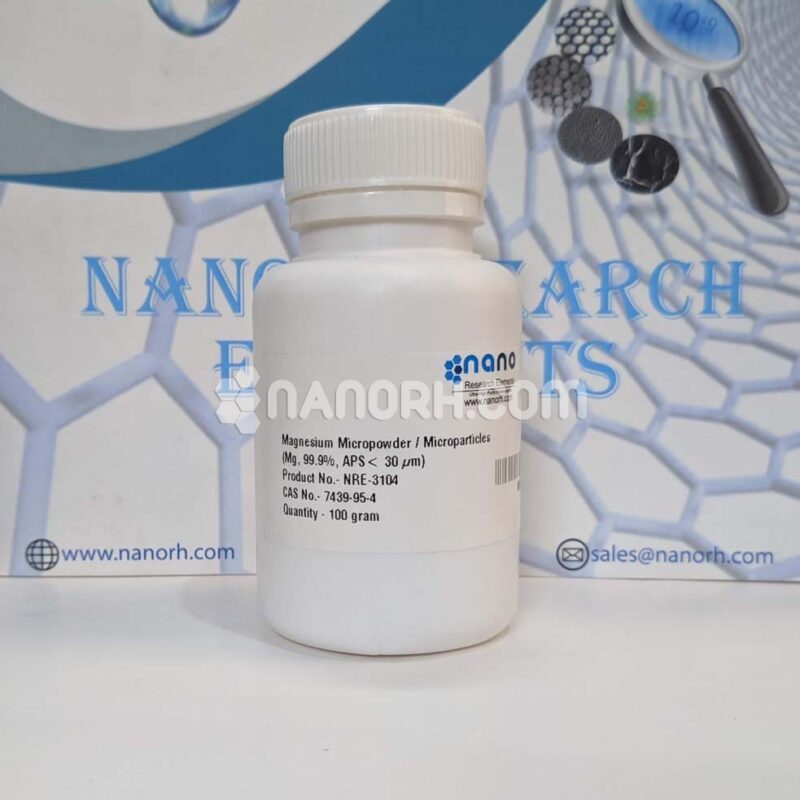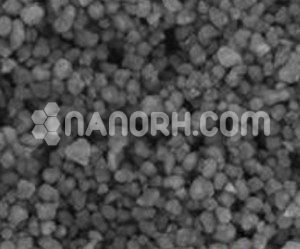| Magnetite Powder | |
| Product No | NRE-10068 |
| CAS No. | 1317-61-9 |
| Formula | Fe3O4 |
| APS | <25 μm (Can be Customized) |
| Purity (Magnetic content) | 99.0% |
| Fe(T) | 70% approx. |
| True Specific gravity | 5.0 gm/cc min. |
| Color | Black |
| Molecular weight | 231.53 g/mol. |
| Melting Point | 1597°C |
| Boiling Point | 2,623 °C |
| Density | 5 g/cm³ |
Magnetite Powder
Magnetite have wide applications in various fields such as in medical sciences, whereas a lower number of studies report uptake and bio distribution of iron powder. Size, shape, and surface characterization of iron powder determine their biological distribution and can involve opsonization (serum protein interaction) and particle cell interaction. Various biodistributation studies report blood, spleen, liver, and kidney as probable localization for the powder, and preferentially accumulation occurs in liver and spleen. Recent studies report that ultrasmall iron oxide powder can be used as potent MRI contrast agents. This MRI system is very important in the visualization of bioevents, such as gene expression, and metastasis at cellular and subcellular levels. NP levels along with biodistribution data show that both kidney and liver are involved in NP elimination. Recently, it has been reported that after 6 hours of injection >50% of iron is found in liver. These studies suggest the involvement of reticular endothelial system in the clearance of NPs and major problem in biomedical application of these particles. Higher vascularization and permeability of iron NPs are responsible for their uptake by reticular endothelial system and macrophage. Opsonization is one of the important processes for the elimination of magnetic powder from circulation through liver macrophages. In different studies, magnetic NP accumulation has also been reported in lungs due to vascularized and monocyte-rich nature. Chaves et al reported the accumulation of magnetic NPs in the lungs of mice for up to 3 months and found no associated toxicity.



